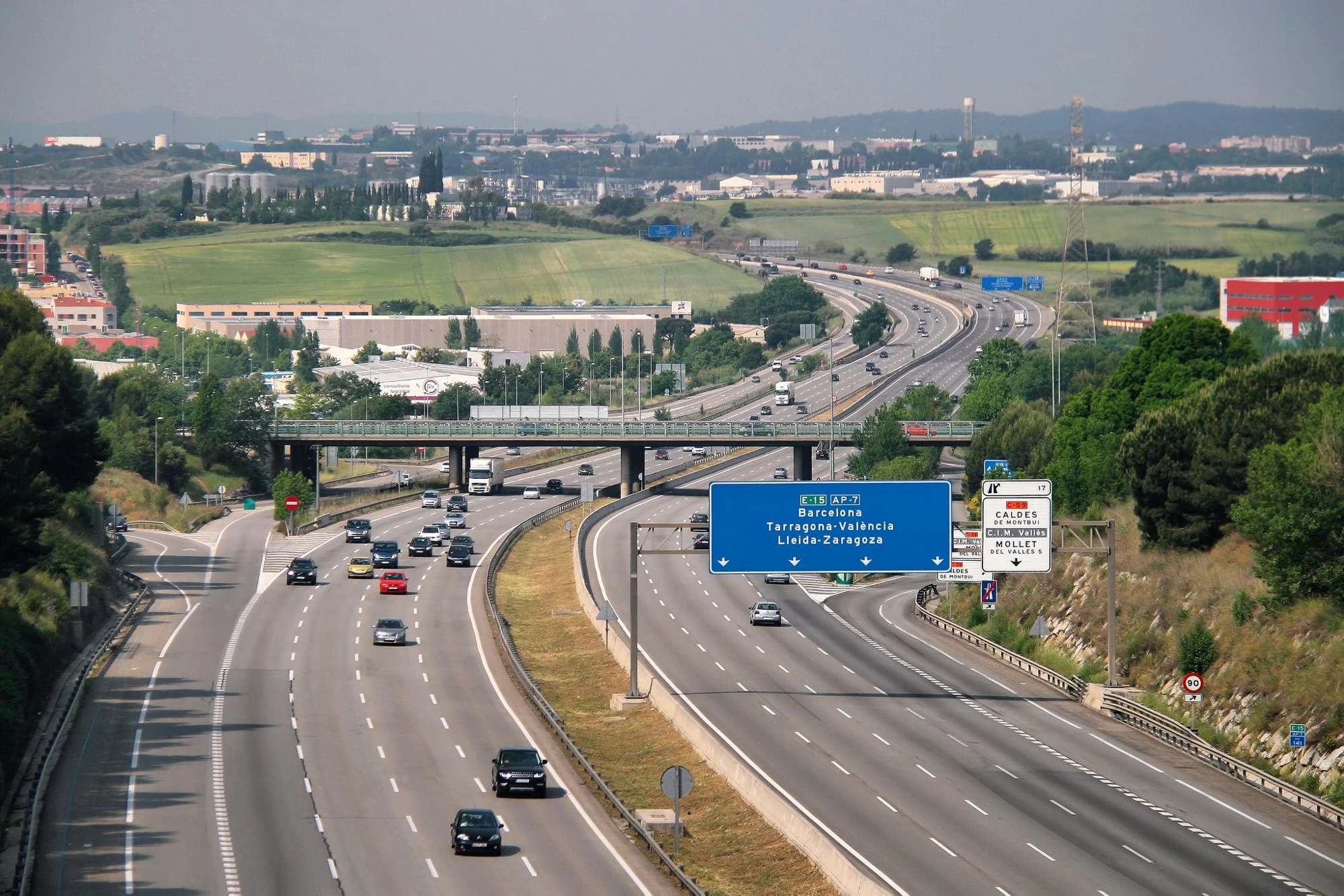Photo: Jorge Franganillo | Flickr Creative Commons
This is the first of a three-part series on traffic risk in PPPs
"Prediction is very difficult, especially about the future."
– Professor Nils Bohr, Nobel Laureate
Professor Bohr was right: prediction is hard work. As a species, we don’t have difficulty making predictions. I, for one, frequently make doom-laden predictions on a diverse range of subjects ranging from politics to the fortunes of my beloved football team, Liverpool Football Club.
No, the problem is that humans, as a rule, are not very good at predictions. Sadly, that illusive ‘crystal ball’ still has not been invented. And the sheer complexity of living on an ever-changing and evolving planet alongside 7 billion equally complex individuals—all making unique but increasingly interdependent decisions—makes even the most straightforward predictions difficult.
Infrastructure projects are planned, built, operated and financed over time-horizons sometimes stretching decades into the future. And it is a future where unprecedented shifts in demography, technology, socio-economic and environmental changes are occurring. This ‘deep uncertainty,’ if not addressed, can make infrastructure less sustainable in many ways, whether it be under- or oversizing the design and capacity of the project; the ability of the project to withstand sudden or dramatic climactic or technological changes, or sudden political changes that create fragility and conflict that can affect the infrastructure itself and the population that uses it.
This deep uncertainty particularly manifests itself in infrastructure PPP projects, which are often financed against user revenues forecast to accrue many years into this uncertain future. Financiers need confidence that these long-range forecasts are accurate to prove the creditworthiness of their projects and avoid suffering financial losses. Likewise, governments want to avoid costly renegotiations and bailouts.
Toll road PPPs are the enfant terrible in this respect in the PPP world. Many toll road PPPs have ended in high-profile bankruptcies, renegotiations and government bailouts because of inaccurate forecasts whereby actual traffic flows (and associated toll revenues) have turned out to be much lower than forecast. The crystallization of this traffic risk has led to many project failures. Financiers, now significantly more cognitive of the risk, have a reduced appetite for such projects or are aggressively pricing the risk in their cost of finance.
So what do we do about traffic risk? Well we need to embrace it. Unless by some very strange coincidence, a forecast of how many cars or trucks is going to use a road each day for every year for 30 years is always going to be wrong. Inaccuracy in forecasting, and therefore traffic risk, is just a fact. And for the reasons mentioned earlier, these risks are likely to become even more prevalent. But let’s be clear: this should never mean that we should not make forecasts. Without them, governments and financiers cannot make informed, vital decisions about their projects. No; instead, it means that we have to make better forecasts; to be able to interrogate them more and test their boundaries.
For this reason, the Public-Private Infrastructure Advisory Facility (PPIAF) and the Global Infrastructure Facility (GIF) have developed a major new guidance document on the issue of traffic risk: Toll Road PPPs: Identifying, Mitigating and Managing Traffic Risk. This document will help guide governments and other project parties to gain a better understanding of this key risk and how to address it in the preparation and structuring of their projects.
In recognition that this is a relatively wide subject matter, we have also authored three PPIAF Issue Briefs that address, in summary terms, some of the core issues around the subject. In the first of these, Understanding Traffic Risk and Traffic Forecasting , we delve into the process of traffic forecasting and the importance of developing a high-quality traffic study as part of the government’s preparation of a PPP project.
In a nutshell, what we are trying to do with these briefs and the subsequent guide is to encourage project parties that it’s ok to be wrong but we all have to try to be less wrong! We hope you enjoy them and find them useful.
Read these next:
- See all PPIAF traffic risk briefs
- Visit the Transportation section of the PPP Knowledge Lab
Report
Toll-Roads PPPs: Identifying, Mitigating and Managing Traffic Risk
Related Posts
Traffic Risk in PPPs, Part II: Bias in traffic forecasts—dealing with the darker side of PPPs
Traffic Risk in PPPs, Part III - Allocating Traffic Risk: Prophet & Loss



Join the Conversation